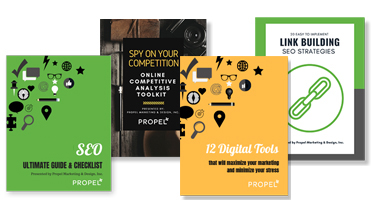You’ve been working your search engine optimization (SEO) & content marketing campaign like the gosh-darn SEO boss you are, but you keep hearing about structured data and rich results (the results formerly known as rich snippets) and you’re wondering what they are and if you need ‘em.
Short answer: yup.
Have no fear. Today we’re going to sum up the following:
- What structured data is
- What rich results are
- How the two work together for the benefit of your business and your SEO
- How to create structured data and/or get help writing code
- Kinds of rich results
Although these two areas of digital marketing are often overlooked, they can really help you achieve a better relationship with the search engines and get way more traffic to your site. And the good news- it’s not as difficult as you may think.
Like we always say, there’s no time like the present, so let’s get the ball rolling.
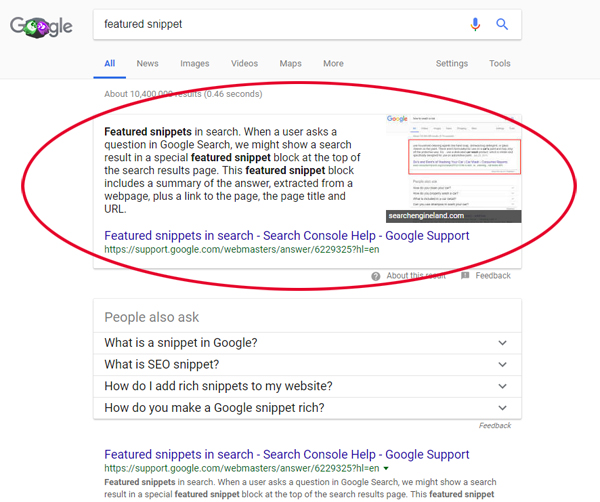 Position Zero (aka Position 0)
Position Zero (aka Position 0)
Before we get into the thick of it, let’s talk quickly about your positioning on the search engines. We hear a lot (and talk a lot) about how to rank higher organically through SEO strategies in order to achieve that number one spot.
But there’s an even better position on Google. Enter position zero.
Yes, that’s a thing, and quality rich snippets take those spots. They’re called featured snippets. They take a variety of forms (paragraph, lists, tables to name a few) and provide at least one answer to who, what, when, where, or why.
If you become a featured snippet, you’re getting a lot of publicity which will turn into more traffic, awesome credibility, and of course greater visibility and brand awareness. We’ll take it.
But how do you create this longed-for quality rich result? First, understand what a snippet is.
Snippets and Structured Data
What’s a snippet, you ask? When you type a query into Google, all those results you get back on the search engine results pages (SERPs) are called snippets. Snippets usually consist of only three things:
- Title tag- the biggest words, bolded, heading off your result description, the title if you will
- Meta description- the piece of copy used to describe your webpage, usually one – two sentences
- URL- the URL
But because you want to make it rich, you’ll want to apply some structured data to it.
Structured data refers to code that’s written in a very specific manner and order on your website. This allows for a conversation with the search engines, telling them what you deem important about your page.
Helping the search engines understand who you are and what you do is a big win- they like it.
When you create this code in the format you’d like, the search engines will have available to them all those items you believe most likely to get clicks, and they could be included in your snippet.
Basically, writing structured data allows the search engines to create a “richer” version of an ordinary snippet.
Offering structured data allows for details you find the most interesting (clickable) to be seen.
Rich Results/Rich Snippets
A rich snippet simply offers up the important info, think of a rich snippet as a regular snippet on steroids.
Let’s say your website offers a bunch of workouts. When you use structured data on a page with a specific workout, the result you would have gotten from a regular snippet on the search engines, will most likely change.
Since you’ve created a better version of the snippet, you’ve provided more info to the search engines and they understand you better, meaning, very likely, a better placement in the results.
Now, why “very likely”? Because the search engines are under no obligation to do this upgrade and you have no way of knowing if they will. But, hey, best practices says do it anyway.
Look at Google’s Search Gallery to find out if your results could benefit from structured data.
If you’re still wondering how structured data will improve your SEO here’s why it will- when Google knows what you’re providing, they know when to offer up your pages. That helps with ranking.
And because your rich result gives more information to the user than other snippets, your CTR (click-through-rate) will increase. Also, helps with ranking.
Thereby, improving your SEO.
Next step: how do you know what code to write? Where do you begin?
Creating Structured Data and Writing Code
There are a couple of ways to get some help when it comes to writing your structured data. The most popular…
Schema.org
The major search engines came together and created Schema.org. Here you can do all of your code research, figuring out the structured data that will be supported by the search engines. In essence, it’s a space for you to literally find and seek your code.
There are many possibilities, so put a little time in and find out what code will work for your product or service.
And don’t be scared to copy and paste! If you find an example of code that’s almost exactly what you need, copy it to your webpage, then adjust it to your brand.
JSON-LD is a markup provided in Schema.org that is easy to use and will avoid you having to input code manually. It will greatly help in your endeavour.
Wanna see if your structured data worked? Head to Google’s Structured Data Testing Tool and give it a spin.
Easy Plugins & Writing Code
Oh, don’t worry- there’s a plugin for that. Several actually. Creating your structured data just got easier with your choice of plugins, so look to see what’s offered to you.
If you don’t have the time or desire to figure out what code to write to best benefit your brand, your customer, and your SEO- let a plugin do that work. We won’t judge.
Types of Rich Results
Yes, I know, we’ve been talking a lot about rich results already, so this won’t be too long, but we want to be sure you have some important intel on them. Some common types, to be precise.
 Reviews
Reviews
We all love to see those star ratings, so if you have a good one- show it off. This kind of rich result is a crowd pleaser and you can either show one review or combine them.
 Product
Product
This type of rich result will give the search engines info about your products. This is great if you have killer pricing, maybe your eco-friendly, or image-centric (yes, you can show an image).
Organization
If you’re a business or an organization, this is the best option. You can include your address, all other contact info, and your logo.
 Video
Video
Videos are where it’s at these days, so if that’s your jam, here’s your rich result choice. Since the search engines aren’t able to technically “watch” your video, this markup will help them to understand its content.
 Events
Events
If events are your biz, using this kind of rich result will allow you to show dates, times, locations, prices- you name it.
These are just a handful of kinds of rich results you can choose from. So do your due diligence and narrow down what’s best for you.
Recipes
When offering your customers recipes, you can provide prep and cook times, reviews of the dish, stars, calories, and images are a big plus! We all like to see what our dish (should) look like when it’s done.
Music
People love asking the internet about music so your rich result can give them album release dates, reviews, genres, and the length of the album in its entirety.
Top Stories
This one is cool because it separates you from the masses. Google offers a section dedicated to the “Top stories” so you can really stand out here. However, Google News must approve your website prior to your making it into this select category.
Conclusion
I know we mentioned it earlier, but bear in mind that no matter how perfect your structured data is, the search engines may not take to it. There’s no guarantee it will be used.
But is it worth the time and effort anyway? We say yes- give it a go. There’s certainly no harm in it.
We hope this helped in your understanding of structured data, rich results, and their relationship. We know it can all get a bit technical, I mean, c’mon- code?
But, don’t let it get you down. With easy-to-follow guidance and support and/or plugins, you totally got this.


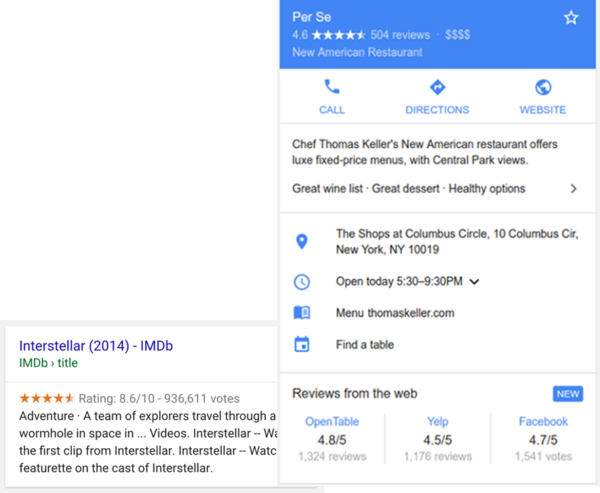
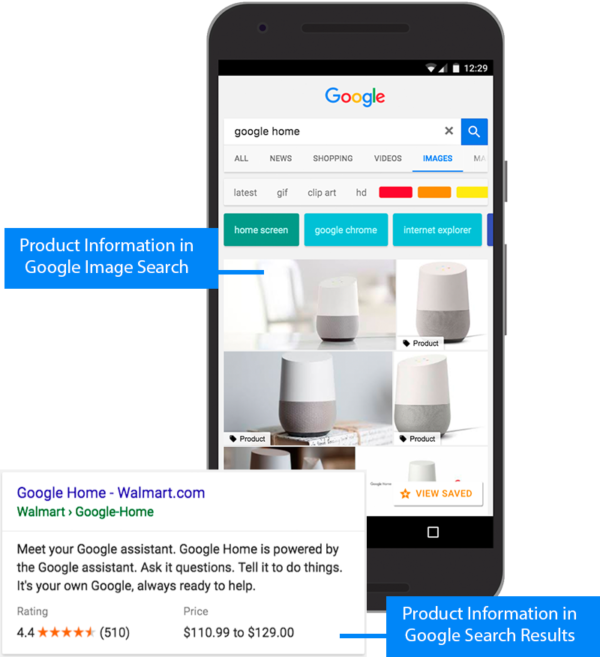
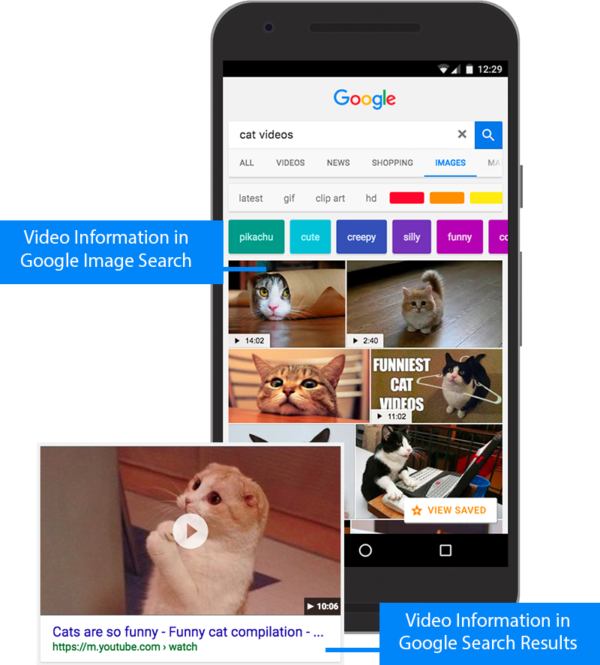
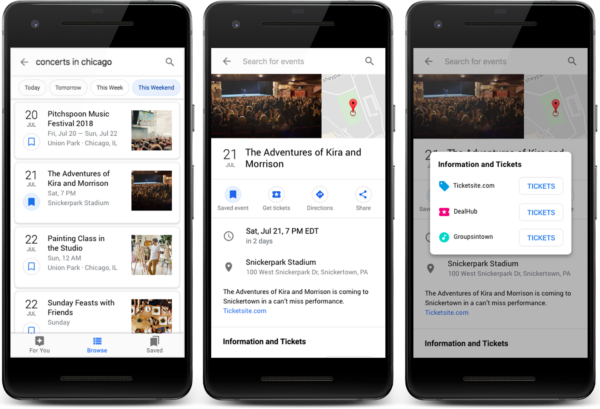


![How to Write a Professional Chiropractic Bio [Template Included]](https://propelyourcompany.com/wp-content/uploads/write-a-bio-500x383.jpg)

